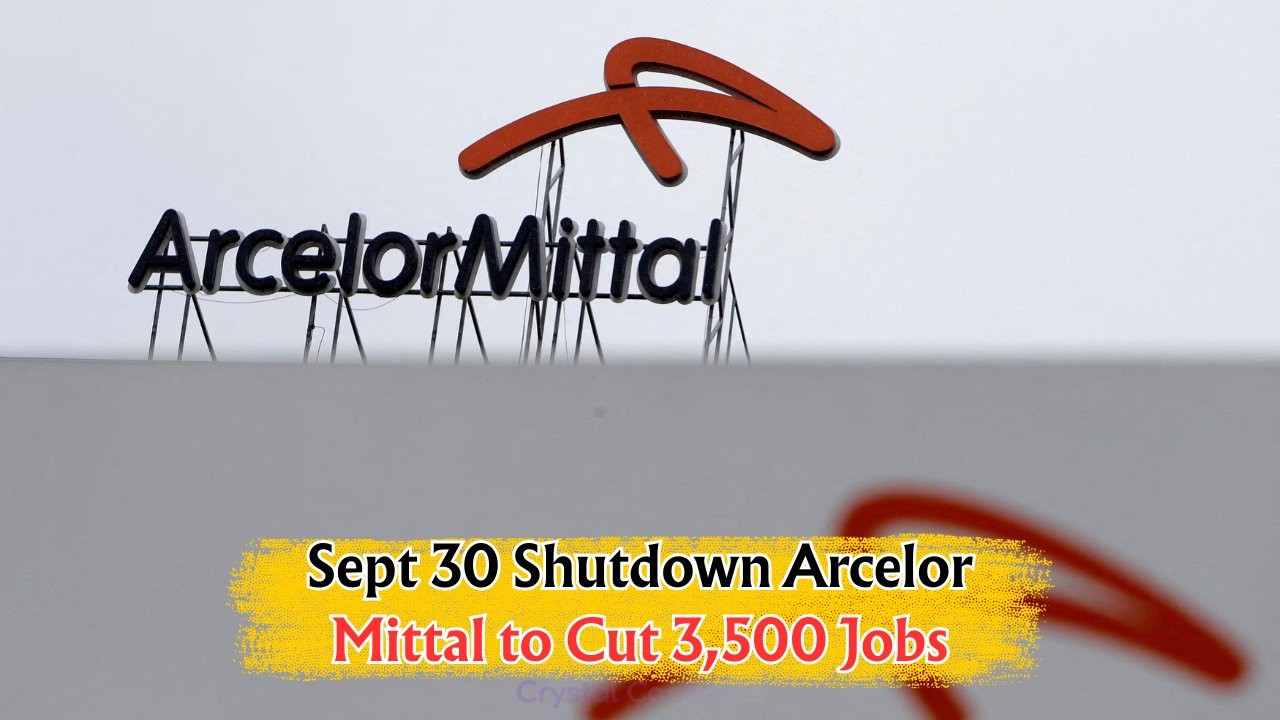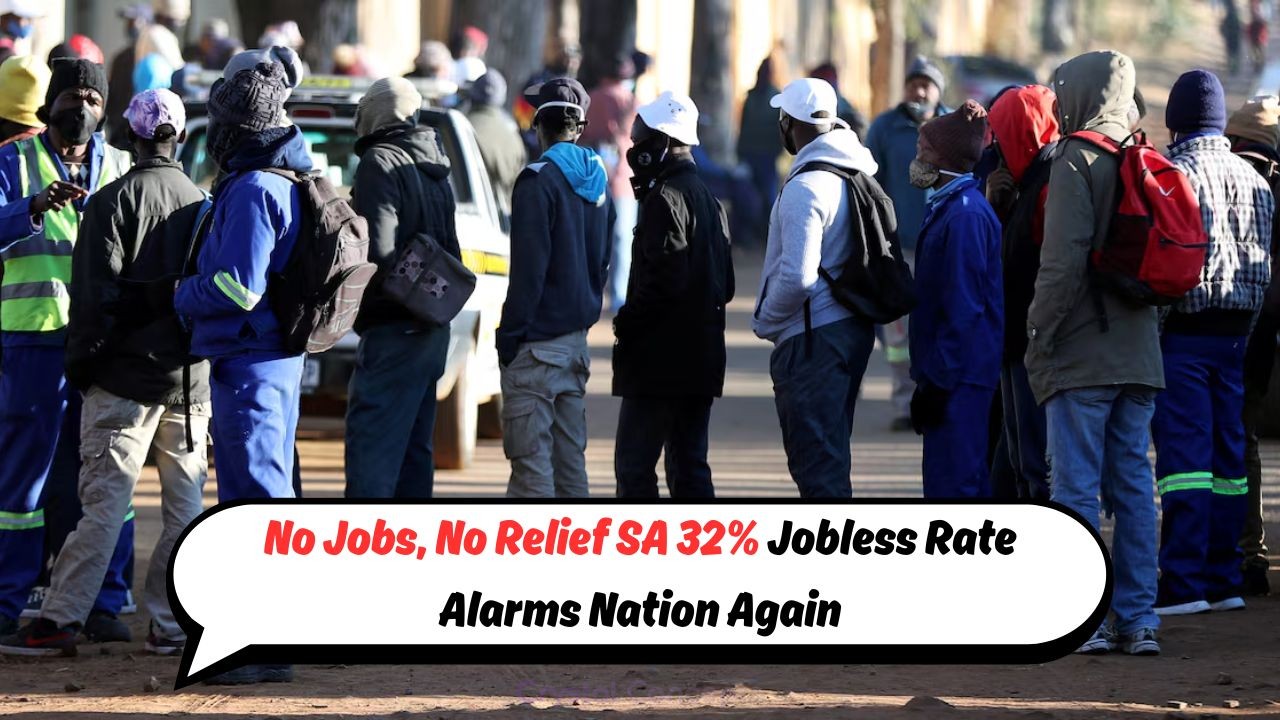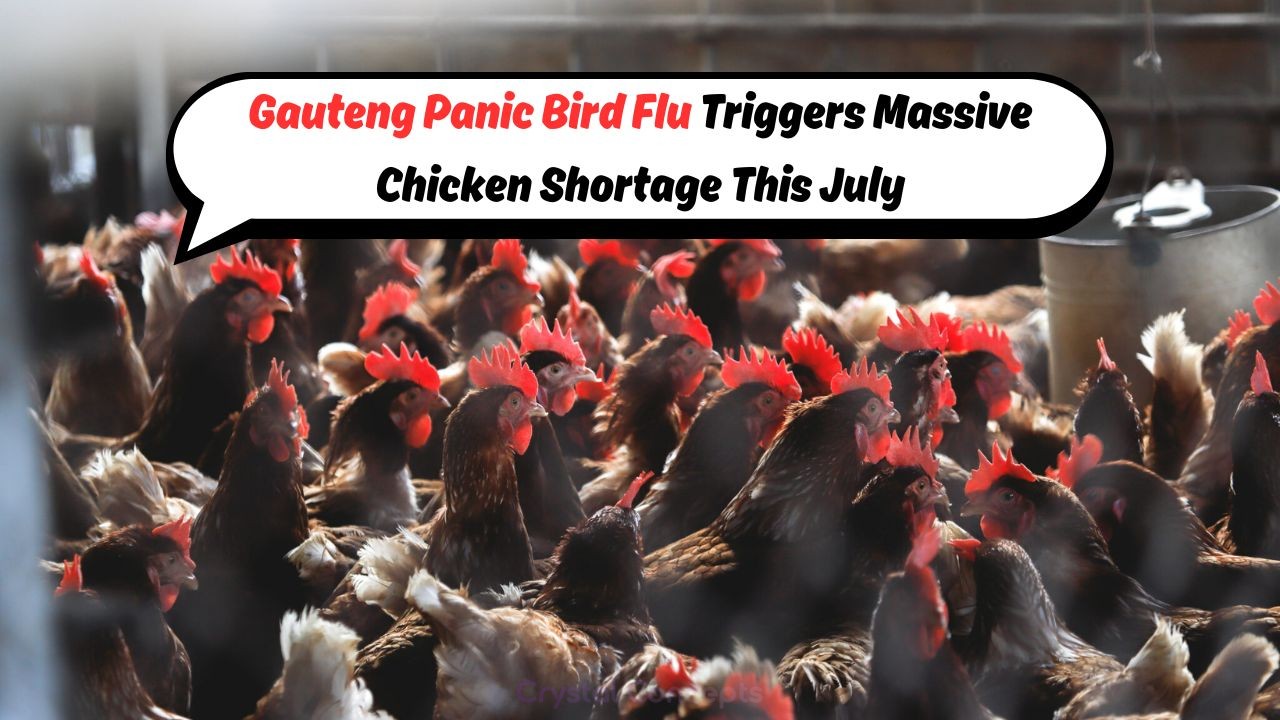South African Steel Plant Closure Looms: As South Africa gears up for September’s end, the looming closure of a major steel plant casts a shadow over the employment landscape. The impending shutdown, set for 30 September, threatens the livelihoods of 3,500 workers who will be directly affected by this decision. The steel plant, a significant player in the country’s industrial sector, has been grappling with various operational challenges, including rising costs, fluctuating demand, and competitive pressures from international markets. As the deadline approaches, the government, industry stakeholders, and affected employees are in urgent discussions to find solutions that could prevent the loss of jobs and sustain the local economy. This closure not only highlights the vulnerabilities within the manufacturing sector but also underscores the need for strategic interventions to bolster South Africa’s industrial resilience.
Impact of Steel Plant Closure on South African Employment
The closure of the steel plant is poised to have a profound impact on employment in South Africa. With approximately 3,500 jobs at stake, this move could exacerbate the already high unemployment rates in the region. The consequences extend beyond the immediate loss of jobs, affecting the families and communities dependent on these incomes. As one of the country’s largest steel-producing facilities, the plant’s shutdown will ripple through the supply chain, impacting suppliers, distributors, and related industries.
- Loss of direct employment for 3,500 workers
- Potential increase in unemployment rates
- Disruption in the local supply chain
- Economic impact on dependent businesses
- Increased strain on social welfare systems
- Potential migration of skilled workers seeking opportunities elsewhere
- Community and family economic instability
- Decrease in consumer spending in affected areas
- Possible decline in regional economic growth
Reasons Behind the Steel Plant Closure Decision
The decision to close the steel plant is driven by a confluence of factors. Primarily, the plant has struggled with rising operational costs, which have been compounded by escalating energy prices and labor costs. Additionally, the global steel market has witnessed significant shifts, with increased competition from cheaper imports posing a threat to domestic production. Environmental regulations and compliance costs have further strained the plant’s financial viability, leading to this difficult decision.
Factors Contributing to the Closure:
 Families Brace for Impact: Fuel Prices Soar on 25 July with Diesel Rising R1.34/L and Petrol R1.08/L
Families Brace for Impact: Fuel Prices Soar on 25 July with Diesel Rising R1.34/L and Petrol R1.08/L
- Escalating operational and energy costs
- Intense competition from international steel producers
- Declining demand in the local market
- Stricter environmental regulations and compliance expenses
- Limited access to affordable raw materials
Financial Implications and Industry Challenges
| Factor | Impact | Details | Future Outlook |
|---|---|---|---|
| Operational Costs | High | Rising energy and labor costs | Expected to increase further |
| Market Competition | Severe | Cheaper imports | Likely to intensify |
| Regulatory Compliance | Costly | Environmental regulations | Stricter regulations anticipated |
| Demand Fluctuation | Unstable | Variable local demand | Uncertain market conditions |
| Raw Material Access | Challenging | Limited affordable sources | Supply chain disruptions expected |
Potential Solutions to Mitigate Job Losses
Mitigating the impact of the steel plant’s closure on employment requires a multifaceted approach. Various stakeholders, including the government, industry leaders, and labor unions, are exploring potential solutions to avert the impending job losses. Strategies being considered include seeking government intervention to provide financial aid or subsidies to keep the plant operational, encouraging public-private partnerships to invest in modernization and sustainability initiatives, and exploring alternative employment opportunities for affected workers within other sectors.
Strategies Under Consideration:
- Government financial support and subsidies
- Public-private investment in plant modernization
- Retraining programs for affected workers
- Development of alternative industries in the region
- Negotiating trade agreements to protect domestic steel production
- Encouraging innovation and technology adoption in manufacturing
- Strengthening local supply chains
Exploring Collaborative Efforts
| Initiative | Stakeholders | Objective | Outcome |
|---|---|---|---|
| Government Intervention | Government, Industry | Financial aid | Stabilize operations |
| Public-Private Partnerships | Businesses, Investors | Modernization | Increase efficiency |
| Worker Retraining | Education, Unions | Skill development | Alternative employment |
| Trade Negotiations | Government, Trade Bodies | Protect industry | Secure market |
| Innovation Adoption | Tech Firms, Manufacturers | Efficiency improvements | Long-term sustainability |
| Supply Chain Strengthening | Suppliers, Distributors | Local sourcing | Reduce dependency |
Community Impact and Social Considerations
The potential closure of the steel plant extends beyond economic ramifications, deeply affecting the social fabric of the communities involved. Families dependent on the plant for income may face financial hardships, leading to increased reliance on social welfare systems. The prospect of job loss can also lead to mental health challenges, as workers grapple with uncertainty regarding their future. Community support mechanisms and counseling services are critical in helping individuals and families navigate this turbulent period.
Support Measures for Affected Communities:
- Community support groups and counseling services
- Access to financial aid and social welfare programs
- Job fairs and employment assistance initiatives
- Skills development workshops and retraining programs
- Initiatives to promote local business and entrepreneurship
- Collaboration with NGOs for community development projects
- Promoting mental health awareness and support
Providing Holistic Support
| Measure | Description | Target Group |
|---|---|---|
| Financial Aid | Monetary support | Families, Workers |
| Employment Assistance | Job placement services | Unemployed individuals |
| Skill Development | Training programs | Displaced workers |
Future of South Africa’s Steel Industry
The future of South Africa’s steel industry hinges on the ability to adapt to changing global market conditions and technological advancements. Embracing innovation and sustainability will be key to its long-term survival and competitiveness. The industry must also focus on diversifying its product offerings and market reach, ensuring resilience against external shocks.
Key Focus Areas for Industry Revival:
- Investment in research and development
- Adoption of green and sustainable practices
- Exploration of new markets and export opportunities
- Enhancing workforce skills and expertise
- Fostering collaboration between industry and academia
- Building strategic partnerships with international players
- Implementing robust risk management strategies
South Africa’s Steel Industry Outlook
| Focus Area | Action | Potential Outcome | Timeline | Challenges |
|---|---|---|---|---|
| R&D Investment | Increase funding | Innovative solutions | Short to medium term | Financial constraints |
| Sustainability | Green initiatives | Reduced carbon footprint | Long term | Regulatory compliance |
| Market Diversification | Expand exports | Broadened customer base | Medium to long term | Trade barriers |
| Workforce Skills | Training programs | Skilled labor force | Ongoing | Resource allocation |
| International Partnerships | Collaborations | Global competitiveness | Medium term | Cultural and logistical issues |
FAQ Section
What are the main reasons for the steel plant’s closure?
The main reasons include high operational costs, competition from international markets, and strict environmental regulations.
How will the closure impact the local economy?
The closure will lead to job losses, affect local businesses, and potentially increase unemployment rates.
Are there any measures being taken to prevent the closure?
Yes, stakeholders are exploring government intervention, public-private partnerships, and retraining programs for affected workers.
What support is available for affected workers and communities?
Support includes financial aid, employment assistance, skill development programs, and community support services.
What is the future outlook for the South African steel industry?
The industry needs to focus on sustainability, technological innovation, and market diversification for future resilience.









